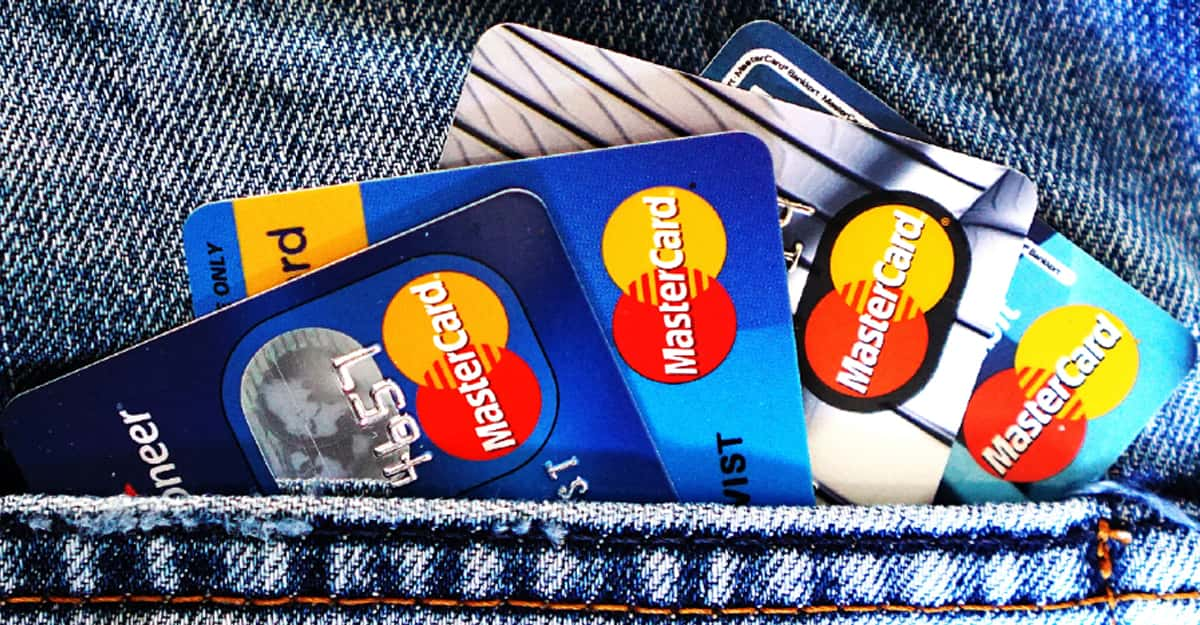You feel that rush of relief every time a cash advance hits your account—right before the sinking feeling that another one is coming. The fees pile up, the due dates creep closer. And that math also never bends in your favor.
That cycle wears down your judgment, leaving you anxious and stuck in a loop that keeps tightening. Wondering how this ends? You’re already asking the right question. Stick around because the real endgame of cash-advance stacking isn’t mystery—it’s math, behavior patterns, and a path you can step out of before the trap locks in.
The Cycle Is Structured To Spiral
Cash advances charge higher interest rates than typical credit card purchases. Many run between 25% and 29% APR, plus transaction fees that range from 3% to 5%. When a cardholder uses one advance to pay off another, the balance jumps faster than the repayment. It becomes a rolling snowball of debt that accelerates with every swipe.
Those numbers create an automatic shortfall. Each new advance covers yesterday’s problem but adds its own fee upfront. So the amount you owe never resets—it compounds. The lender collects more, and the cycle resets the moment your next bill arrives.
The Immediate Relief Tricks Your Brain Into A Trap
These advances tap into a powerful pattern: panic, relief, repetition. Under stress, your brain gravitates toward the fastest solution. Quick access to funds feels like an exit ramp, even though it deepens the issue. That fast relief becomes habit-forming, nudging you back to the same tool every time pressure spikes.
Financial stress also narrows your focus. You chase the next 24 hours instead of the next 24 days. This short-term focus blinds you to the long-term cost of repeating advances. The card issuer gains steady fees; you remain in survival mode. That’s the trap working exactly as intended.
Compounding Makes The Balance Grow Even When You Pay
The interest starts the moment the transaction is processed. There’s no grace period like standard purchases. Interest piles up daily, which means yesterday’s balance is slightly bigger today, and slightly bigger tomorrow. This pushes your payment higher each cycle—yet the balance rarely shrinks the way you'd expect.
Even consistent payments can lose momentum against daily growth if the amount paid doesn't exceed the combination of interest and fees. Many cardholders think they’re “paying it down,” but the numbers reveal a different story: the balance creeps upward even with regular effort. The spiral feels subtle until it suddenly isn’t.
With the math laid bare, it’s time to talk about the real “endgame” of letting this continue.
The True Endgame: Running Out Of Credit Before Running Out Of Bills
This loop eventually hits a wall. Lenders freeze your account once your balance nears the limit or once a pattern of risky behavior appears in their system. That freeze removes access while your full debt remains. Your bills stay, but the “lifeline” disappears.
Once the card reaches that point, many cardholders shift to personal loans, payday products, or other high-fee credit. That choice deepens the hole and creates a multi-lender problem instead of a single-account problem. The real danger is the chain reaction that pulls in more debt sources until repayment becomes physically impossible.
A Reset Starts With Freezing The Pattern, Not Freezing Your Life
The debt spiral breaks once the behavior stops repeating. That means no new advances—hard stop. Calling your credit issuer to request a lower rate or a hardship plan shifts the terrain. Many issuers offer structured payment programs with reduced interest for cardholders in distress, and those programs can stop the bleeding.
Credit counseling agencies offer debt-management plans that combine multiple cards into a single monthly payment. Reputable nonprofit agencies can negotiate lower interest rates and eliminate certain fees altogether. One structured plan beats twelve frantic decisions, and it restores a sense of control you may not have felt in months.
Cash Advances Aren’t A Strategy—They’re A Signal
If you're juggling cash advances to cover each other, the endgame isn’t hidden. It’s a downhill slide until credit runs out, interest dominates your payments, and stress becomes constant. The good news is that you can stop the cycle before it locks you in. Freeze the pattern, seek structured help, and create breathing room that doesn’t come with another fee attached.











